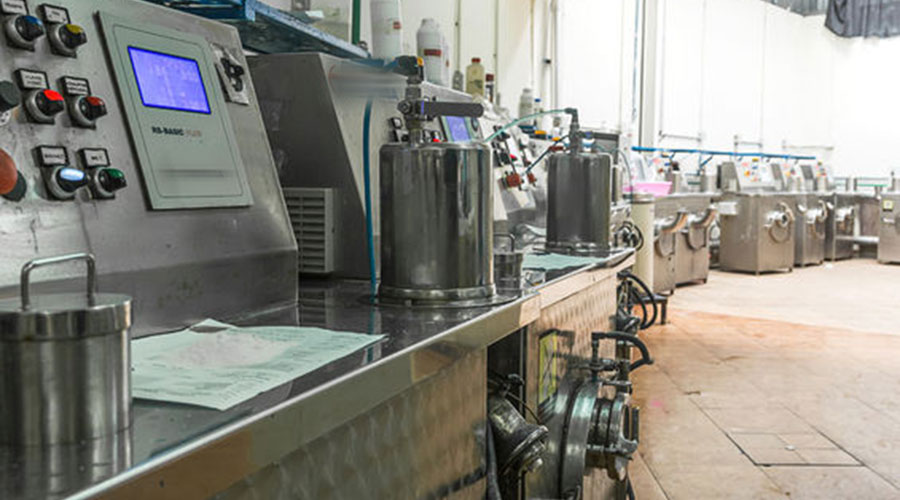Use of surplus heat from other processes
Best Available Technique (BAT)
BAT is to optimise drying, separation and concentration processes and to seek opportunities to use mechanical separation in conjunction with thermal processes.
Brief technical description
Drying is an energy intensive process. It is considered here with separation and concentration techniques, as the use of different techniques or combinations offer energy savings.
However, it is important to note that the use of sustainable energy sources and/or ‘wasted’ or surplus heat may be more sustainable than using primary fuels, even if the energy efficiency in use is lower.
BAT is to identify opportunities to optimise energy recovery within the installation, between systems within the installation and/or with a third party (or parties).
The scope for energy recovery depends on the existence of a suitable use for the heat at the type and quantity recovered. Opportunities may be identified at various times, such as a result of audits or other investigations, when considering upgrades or new plants, or when the local situation changes (such as a use for surplus heat is identified in a nearby activity).
Achieved environmental benefits
Minimising energy usage.
Cross-media effects
None reported.
Operational data
Drying is a good use for surplus heat.
A feasibility study is necessary to define the best solution(s) from a technical, economic, energy, and environmental point of view. Requirements should be precisely defined:
- feed and product parameters ( mass and flow characteristics), especially the moisture content of the product: the last moisture percentages are usually the more difficult to dry and so are the most energy consuming
- list of all the utilities available (electricity, refrigeration, compressed air, steam, other cold or hot sources) and their characteristics
- available possible space
- possible pre-treatment
- waste heat recovery potential of the process
- high energy efficiency utilities equipment and sources (high efficiency motors, use of waste heat, etc.).
Applicability
Depends on the availability of surplus heat in the installation from third party).
Identification of the appropriate technologies is applicable in all cases. Installation of new equipment is usually carried out on a cost-benefit basis and/or for production quality or throughput reasons.
Economics
No data submitted.
Driving force for implementation
- cost reduction
- product quality
- process throughput capacity.
 EE Metal
EE Metal




